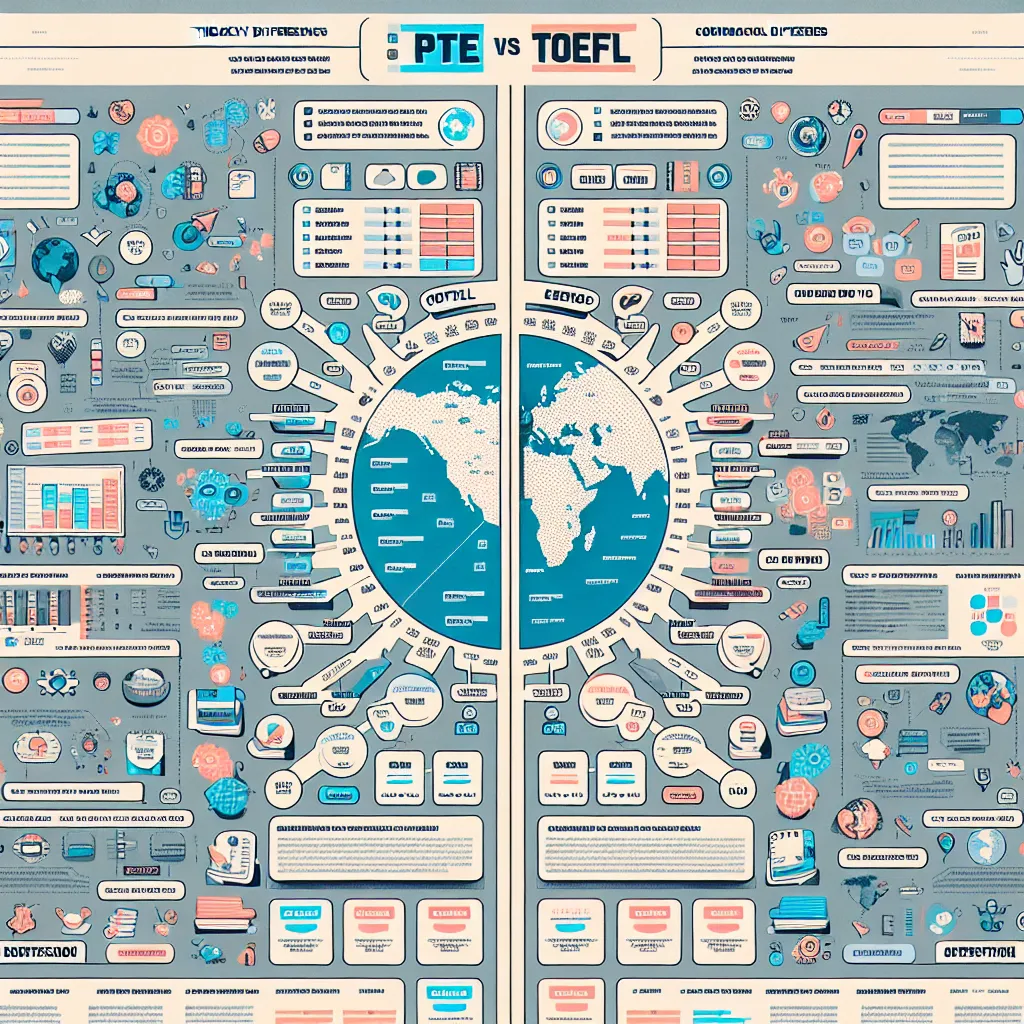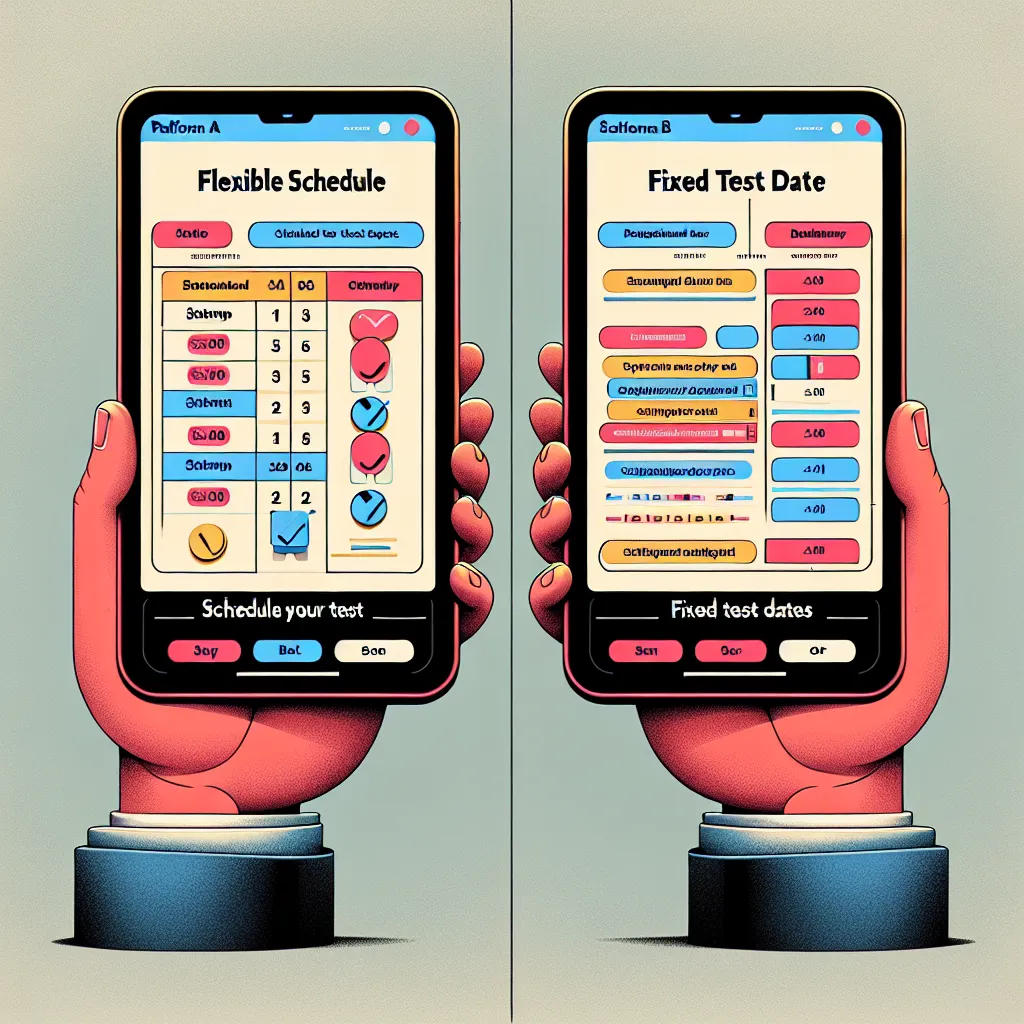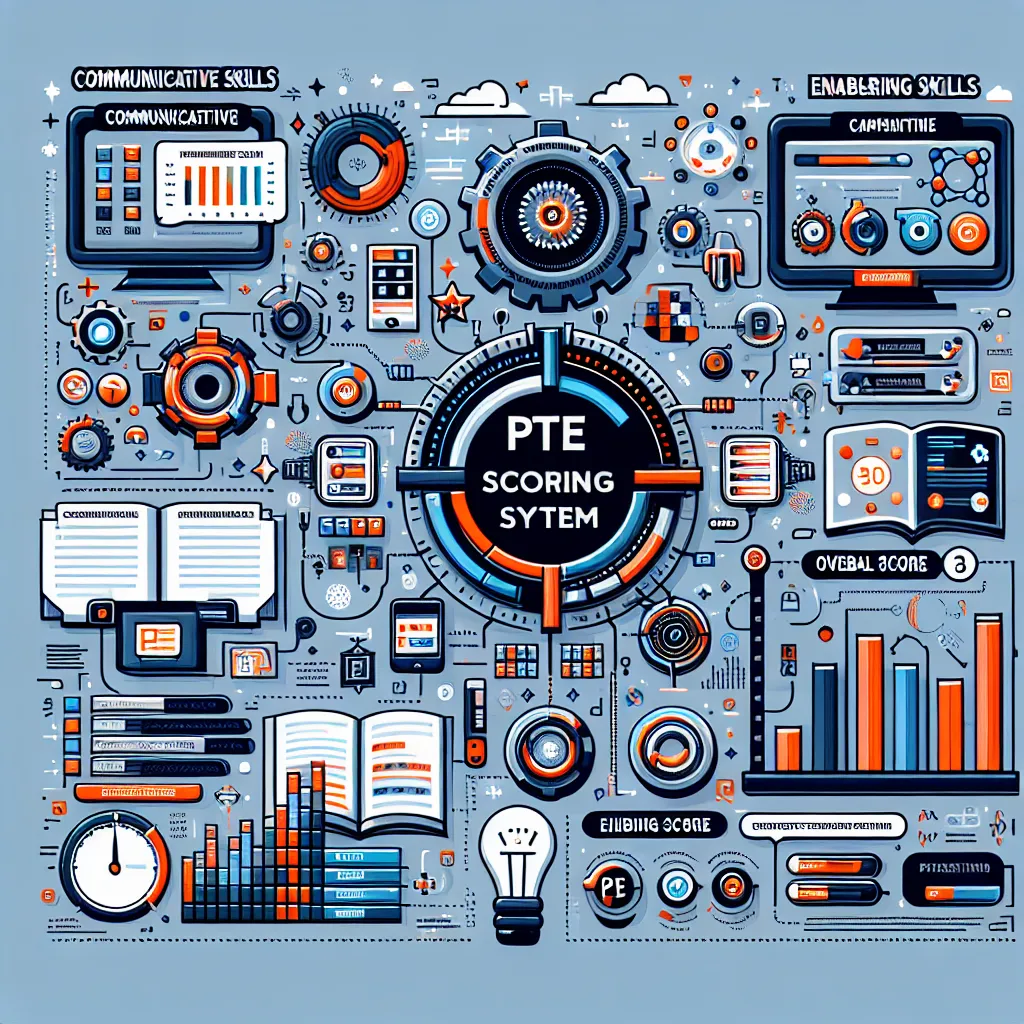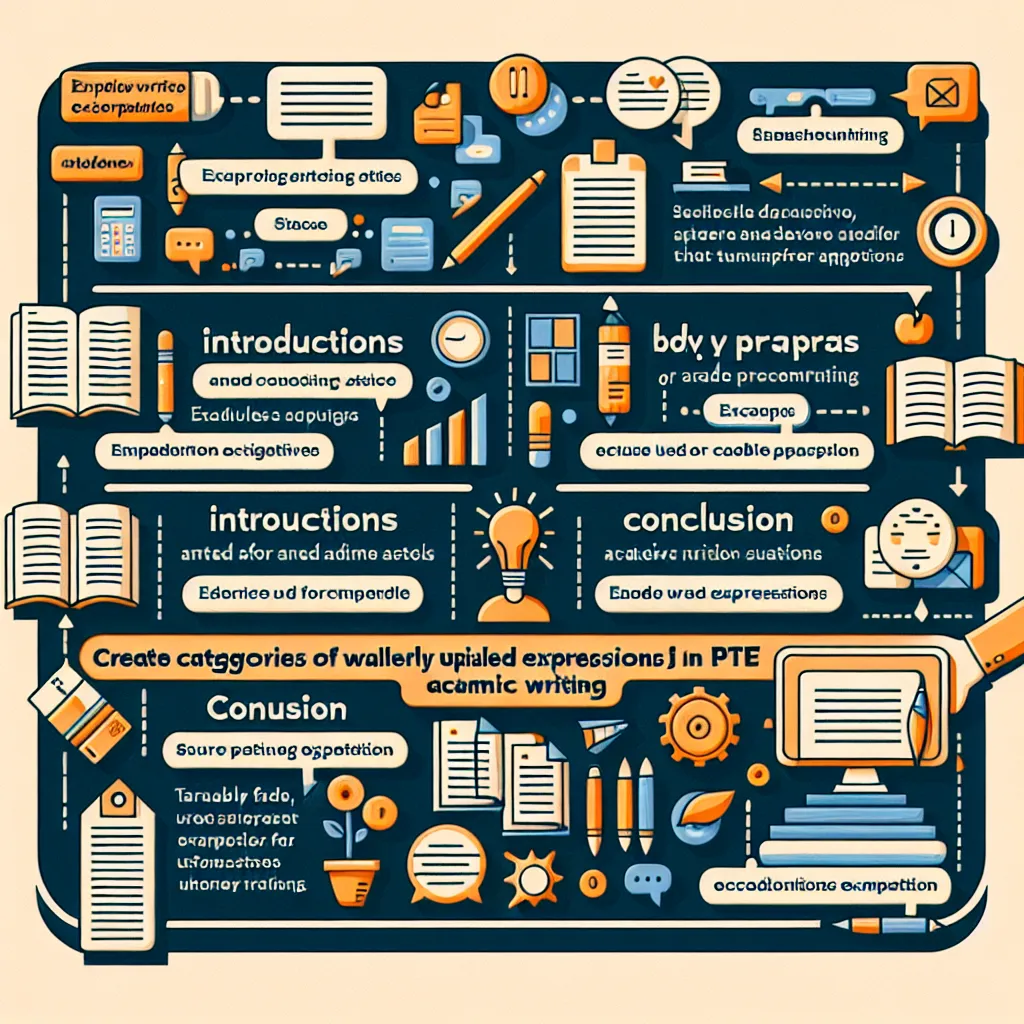Are you considering taking an English proficiency test but unsure which one to choose? Two popular options are the Pearson Test of English (PTE) and the Test of English as a Foreign Language (TOEFL). In this comprehensive guide, we’ll explore the key differences between PTE and TOEFL to help you make an informed decision.
Understanding PTE and TOEFL
Before we dive into the differences, let’s briefly introduce both tests:
PTE (Pearson Test of English)
PTE Academic is a computer-based English language test designed to assess the readiness of non-native English speakers to participate in university-level education where English is the language of instruction. It’s accepted by thousands of institutions worldwide.
TOEFL (Test of English as a Foreign Language)
TOEFL is also a standardized test that measures English language proficiency for non-native speakers planning to enroll in English-speaking universities. It’s widely recognized and accepted by over 11,000 universities and other institutions in over 150 countries.
 PTE vs TOEFL Comparison Chart
PTE vs TOEFL Comparison Chart
Key Differences Between PTE and TOEFL
Let’s explore the main areas where PTE and TOEFL differ:
1. Test Format and Duration
PTE:
- Entirely computer-based
- Single 3-hour test session
- Adaptive test: difficulty adjusts based on performance
TOEFL:
- Available in both internet-based (iBT) and paper-based formats
- About 3 hours for iBT, 3 hours and 30 minutes for paper-based
- Fixed difficulty level throughout the test
2. Test Sections
PTE:
- Three main parts: Speaking & Writing (combined), Reading, and Listening
- 20 different question types
TOEFL:
- Four distinct sections: Reading, Listening, Speaking, and Writing
- Fewer question types compared to PTE
3. Scoring System
PTE:
- Overall score range: 10-90 points
- Uses AI scoring for all sections, including speaking
- Results typically available within 5 business days
TOEFL:
- Overall score range: 0-120 points
- Human raters for speaking and writing sections
- Results usually available 10 days after the test date
4. Speaking Section
PTE:
- Speaking tasks integrated with writing tasks
- Responses recorded via microphone
- No human interlocutor
TOEFL:
- Separate speaking section
- Responses recorded via microphone
- No human interlocutor (for iBT)
5. Writing Tasks
PTE:
- Includes summarizing written text and essay writing
- Typically one essay question
TOEFL:
- Integrated writing task and independent essay
- Two distinct writing tasks
6. Reading and Listening
PTE:
- Multiple choice, fill in the blanks, and reorder paragraph tasks
- Includes summarizing spoken text in listening section
TOEFL:
- Primarily multiple-choice questions
- Longer passages compared to PTE
7. Accent Variety
PTE:
- Exposes test-takers to a wide range of English accents (British, American, Australian, etc.)
TOEFL:
- Primarily focuses on North American accents
8. Test Availability and Frequency
PTE:
- Offered up to 365 days a year at flexible times
- Results typically available faster
TOEFL:
- Offered on specific dates (30-40 times a year)
- Less flexible scheduling
 PTE vs TOEFL Test Scheduling
PTE vs TOEFL Test Scheduling
Which Test Should You Choose?
Deciding between PTE and TOEFL depends on several factors:
- University Acceptance: Check which test is accepted by your target institutions.
- Personal Strengths: Consider your strengths in different English skills.
- Test Format Preference: Decide if you prefer computer-based or have the option of paper-based testing.
- Time Constraints: Consider the differences in test duration and result availability.
- Accent Familiarity: Think about which accents you’re more comfortable with.
Preparing for Your Chosen Test
Regardless of which test you choose, thorough preparation is key:
- Familiarize Yourself with the Format: Take practice tests to understand the structure and timing.
- Improve Your English Skills: Focus on all areas – reading, writing, listening, and speaking.
- Use Official Study Materials: Both PTE and TOEFL offer official preparation resources.
- Practice Time Management: Learn to pace yourself during the test.
- Seek Professional Guidance: Consider enrolling in a preparation course or working with a tutor experienced in your chosen test.
Conclusion
Both PTE and TOEFL are respected English proficiency tests, each with its unique characteristics. The key differences lie in their format, scoring system, and specific task types. By understanding these differences and considering your personal strengths and goals, you can make an informed decision about which test is right for you.
Remember, the best test for you is the one that aligns with your learning style, showcases your English skills effectively, and is accepted by your target institutions. Whichever test you choose, dedicated preparation will be crucial to your success.
We encourage you to share your experiences or ask any questions about PTE and TOEFL in the comments below. Good luck with your English proficiency journey!




